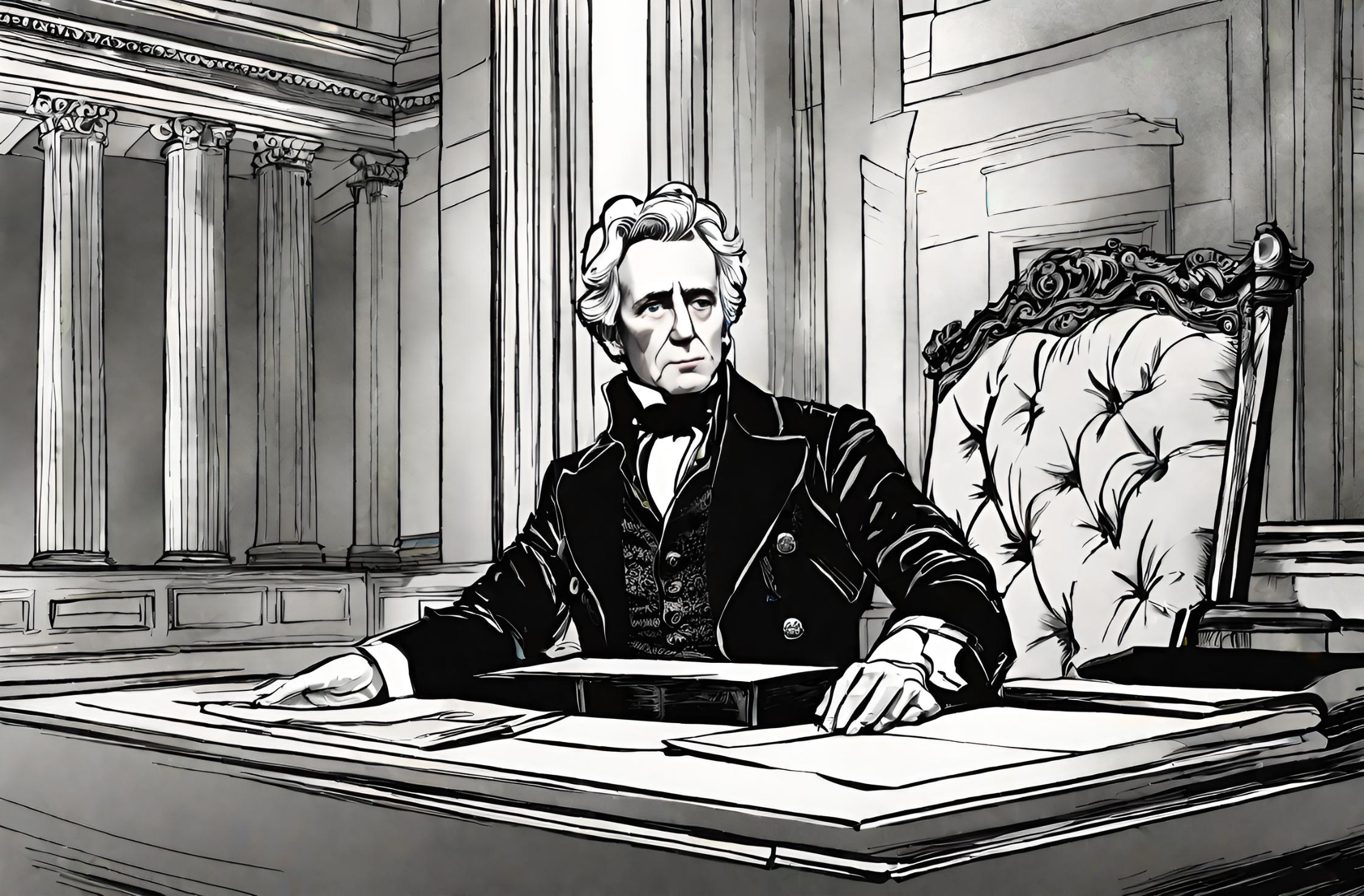Flashback to December 3
American History

On January 15, 1759, a significant event took place in London that has continued to captivate art and history enthusiasts for centuries – the opening of the British Museum in Montague House. This iconic institution serves as a treasure trove of human civilization, housing an impressive collection of artifacts and artworks from all corners of the world. Let’s delve into the history of the British Museum and explore the legacy it has left behind.
Located in the Bloomsbury area of London, the British Museum first opened its doors to the public in Montague House, which was a former mansion built in the 17th century. Initially, the museum housed a collection of more than 80,000 objects, donated by Sir Hans Sloane, an avid collector and physician, to the British nation in 1753. The museum’s establishment was the result of a collective effort to provide public access to this extraordinary collection, which spanned various disciplines such as archaeology, anthropology, and natural history.
Over the years, the British Museum gradually expanded its collection through acquisitions, donations, and expeditions. With each addition, the museum solidified its position as one of the most significant cultural institutions in the world. Today, the British Museum proudly showcases over 8 million objects, encompassing a wide range of civilizations and historical periods, from ancient Egypt and Mesopotamia to Greece and Rome, and from Asia and the Americas to Africa and Europe.
One of the key attractions in the museum is the Egyptian collection, which includes the world-famous Rosetta Stone. This ancient artifact, carved in 196 BCE, played a pivotal role in deciphering hieroglyphics and unlocking the secrets of ancient Egyptian language and culture. Visitors from all over the globe flock to the British Museum to witness this remarkable piece of history that forever changed the field of Egyptology.
Another highlight is the Elgin Marbles, a collection of classical Greek marble sculptures that once adorned the Parthenon in Athens. These exquisite works of art, representing the pinnacle of ancient Greek craftsmanship, were controversially acquired by Thomas Bruce, 7th Earl of Elgin, in the early 19th century. Today, they continue to spark debate over ownership and cultural heritage, making them an intriguing aspect of the museum’s collection.
In addition to its collection, the British Museum offers a wealth of educational resources and activities for visitors of all ages. The museum’s library, established in 1753, is a renowned research institution that houses an extensive collection of books, manuscripts, and other materials related to history, art, and culture. It provides scholars and enthusiasts with valuable resources for their studies and research.
To keep up with the changing times, the British Museum has embraced digital technology to enhance the visitor experience. The museum’s website offers a virtual tour, allowing people from across the globe to explore its galleries and collections virtually. Online exhibitions, educational resources, and virtual events ensure that the museum remains accessible to a wider audience, transcending physical boundaries and allowing for greater engagement with its exhibits.
The founding principle of the British Museum, to provide free public access to its collection, remains at the core of its mission. Admission to the museum is still free, enabling millions of visitors each year to explore the vast array of objects on display. Whether it’s a school trip, a family outing, or a solo exploration, the British Museum continues to inspire awe and wonder, fostering a deeper appreciation for the richness and diversity of human history and culture.
the opening of the British Museum in Montague House on January 15, 1759, marked the beginning of a remarkable institution that has stood the test of time. Its collection, spanning centuries and civilizations, continues to captivate and educate visitors from around the world. As technology evolves, the museum’s commitment to accessibility and education remains unwavering, ensuring that the legacy of the British Museum endures for generations to come.
We strive for accuracy. If you see something that doesn't look right, click here to contact us!
Sponsored Content

Andrew Jackson elected 7th…
On December 3, 1828,…

Paid fire department replaces…
On December 3, 1866,…

Final run of “20th…
Experience the unforgettable journey…

Virginia Lacy Jones, US…
"Virginia Lacy Jones, a…

US President Richard Nixon…
"US President Richard Nixon…

First official US flag…
Experience the historical moment…

